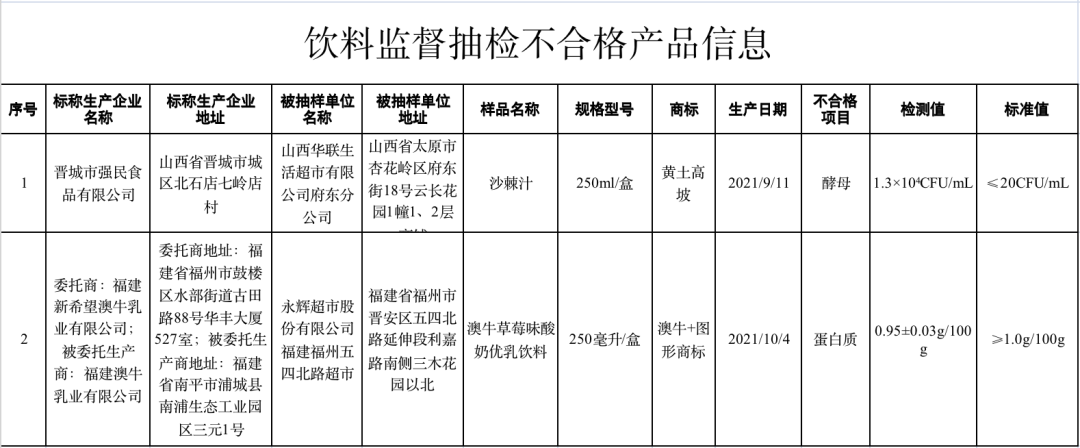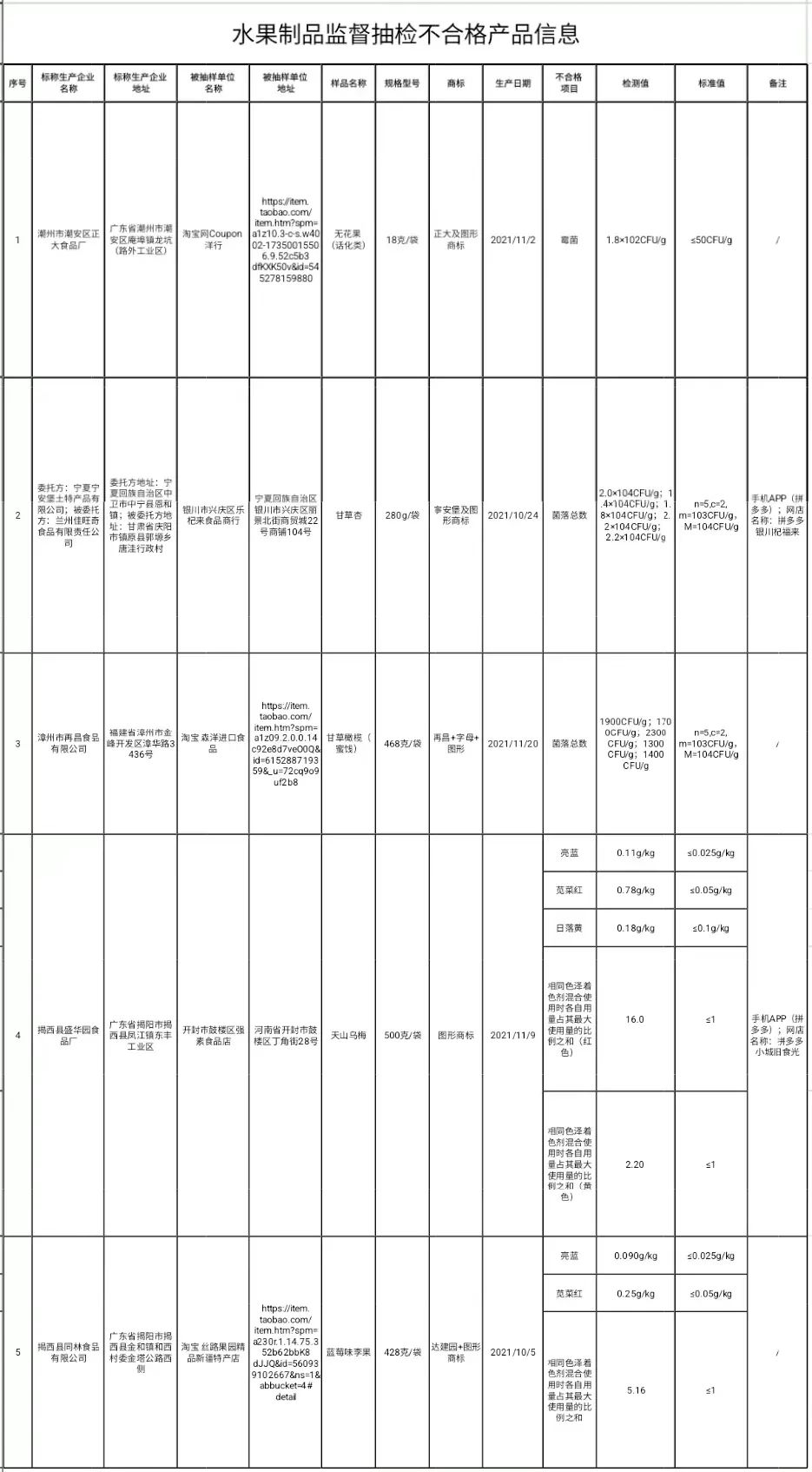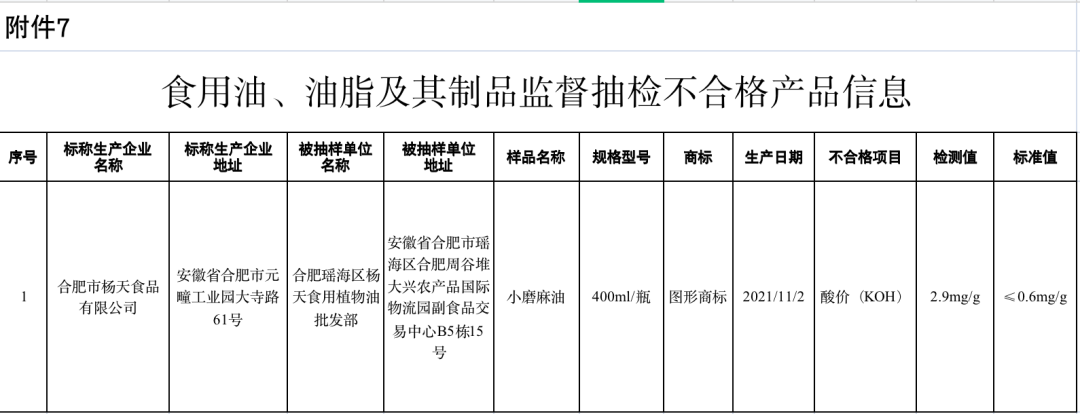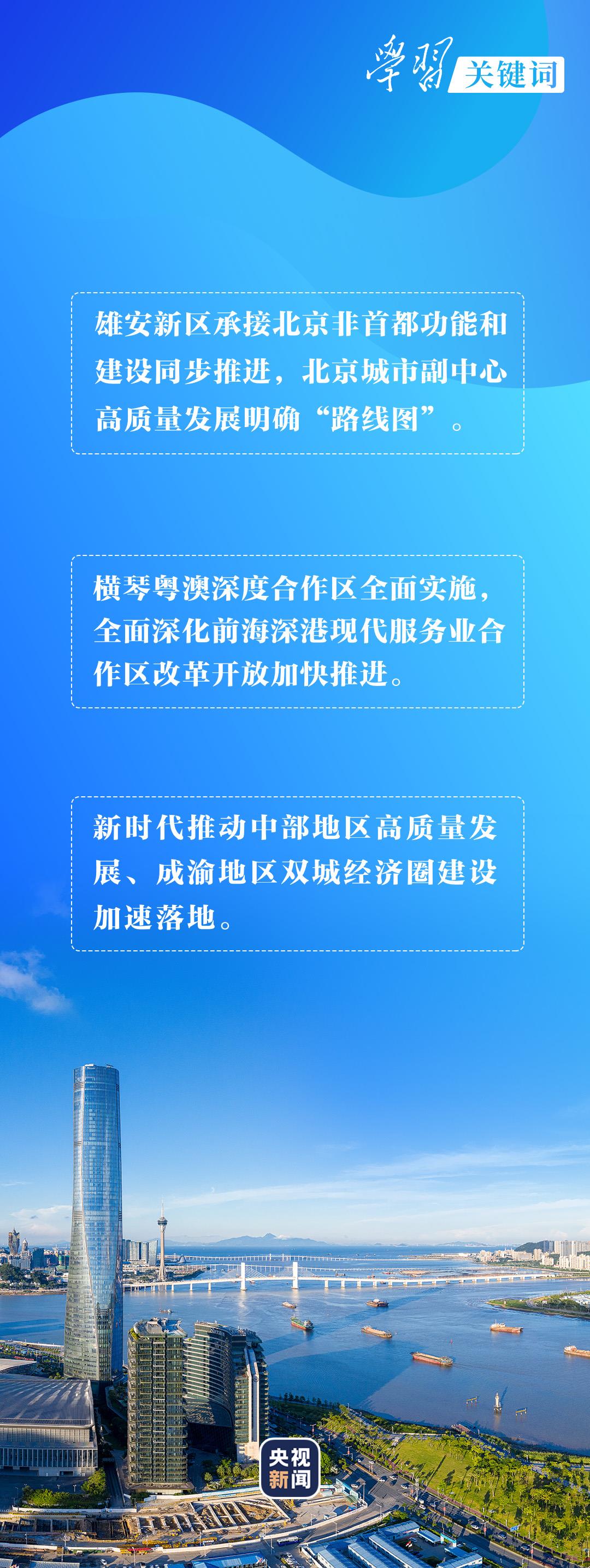Processed grain products, edible agricultural products, sugar, tea and related products, dairy products, beverages, alcohol, cakes, roasted seeds and nuts … … Are these foods that we often eat safe? Recently, the General Administration of Market Supervision organized food safety supervision and sampling inspection.
This sampling inspection includes processed grain products, edible agricultural products, sugar, tea and related products, dairy products, beverages, alcohol, cakes, roasted seeds and nuts, biscuits, starch and starch products, convenience foods, potatoes and puffed foods, egg products, bean products, bee products, canned food, vegetable products, fruit products, meat products, aquatic products, condiments, quick-frozen foods, infant formula foods, and so on.
one
550 batches of 27 categories of food samples:
● Among them, 11 batches of samples of six categories of food, including beverages, alcohol, bee products, fruit products, condiments, edible oil, grease and its products, were found to be unqualified.
● The main problems found are microbial pollution, excessive veterinary drug residues, excessive use of food additives, and substandard quality indicators.
2
Unqualified food found in sampling inspection:
● The General Administration of Market Supervision has instructed provincial market supervision departments in Shanxi, Shanghai, Jiangsu, Zhejiang, Anhui, Fujian, Jiangxi, Henan, Guangdong, Yunnan, Gansu and Ningxia to immediately organize verification and disposal, find out the product flow, and urge enterprises to take measures such as recalling unqualified products from the shelves to control risks; Strictly deal with violations of laws and regulations according to law; Timely disclose the risk prevention and control measures and verification and disposal of enterprises to the public, and report to the General Administration.
Specific situation
I. Microbial pollution
(1) Seabuckthorn juice sold by Fudong Branch of Shanxi Hualian Lifestyle Supermarket Co., Ltd. and nominally produced by Jincheng Qiangmin Food Co., Ltd., Shanxi Province, in which the number of yeasts does not meet the national food safety standards.

(2) Ficus carica (verbal) sold by Taobao Coupon Foreign Firm (operator is Shanghai Fuchen Food Co., Ltd.) in Taobao (online shop) and nominally produced by cp food Factory in Chaoan District, Chaozhou City, Guangdong Province, in which the number of molds does not meet the national food safety standards.
(3) Pinduoduo Yinchuan Qifulai (the operator is Leqilai Food Firm in xingqing district, Yinchuan City, Ningxia Hui Autonomous Region) sells licorice apricots in Pinduoduo (mobile APP), and the nominal Ningxia Ning ‘anbao Native Products Co., Ltd. entrusts Gansu Qingyang Lanzhou Jiawangqi Food Co., Ltd. to produce them, in which the total number of colonies does not meet the national food safety standards.
(4) Toutan balsamic vinegar sold by Dadutong Supermarket Trade Lane Store in Jinfeng District, Yinchuan City, Ningxia Hui Autonomous Region and nominally produced by Yuelai Trading Co., Ltd., Longde County, Guyuan City, Ningxia Hui Autonomous Region, in which the total number of colonies does not meet the national food safety standards.
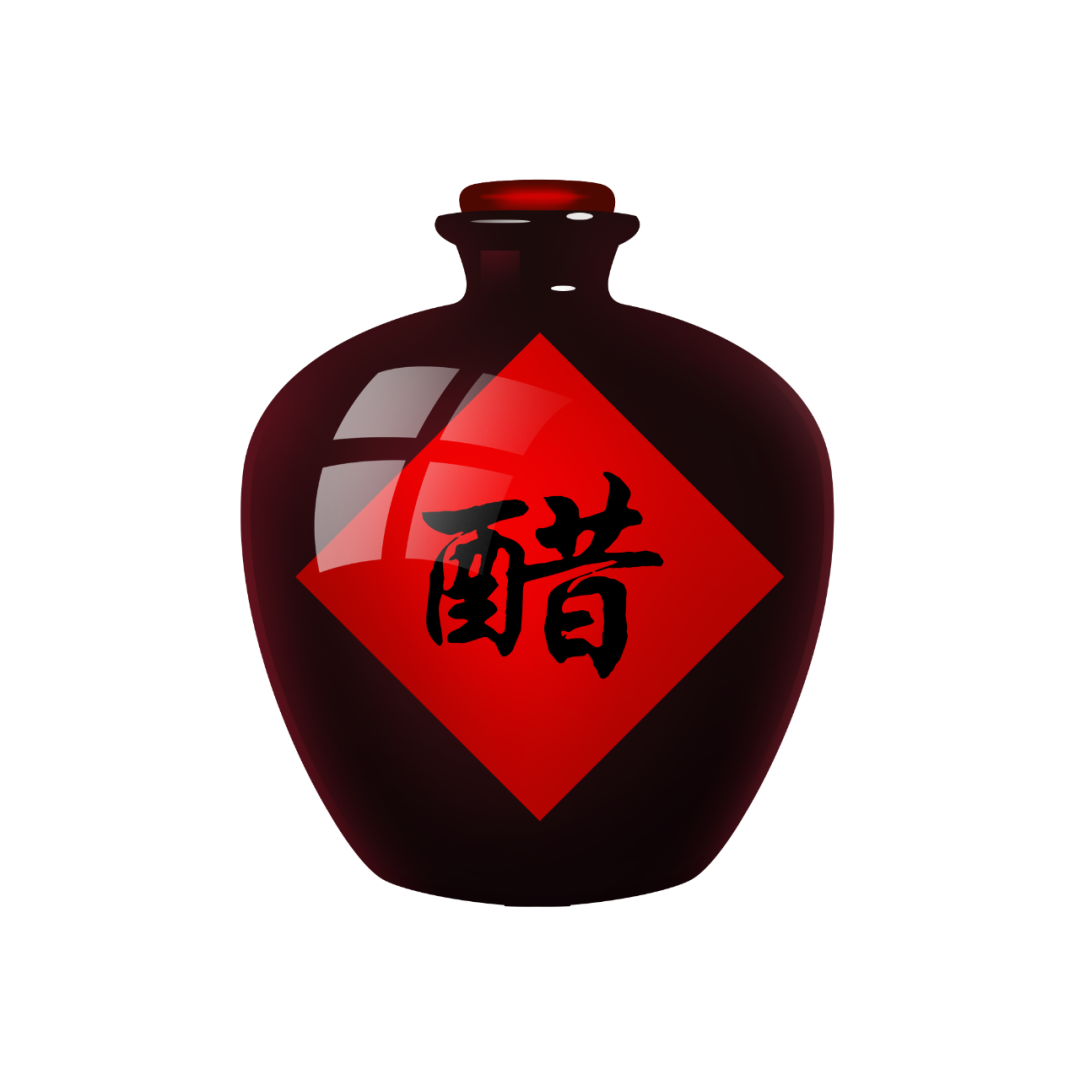
(5) Licorice olives (candied fruit) sold by Taobao Senyang imported food (the operator is Qianbaiwei Food Firm in Dongshi Town, Jinjiang City, Quanzhou City, Fujian Province) in Taobao (online shop), and the total number of colonies does not meet the national food safety standards.
Second, the problem of veterinary drug residues exceeding the standard
The rape flower honey sold by Huize Pavilion, a Yunnan specialty of Taobao (operated by Huize Ruixi Trading Co., Ltd., Yunnan Province) and produced by Guanyuan Processing Factory of Yunnan Ding Shi Bee Industry and Trade Co., Ltd. entrusted by Yunnan Ding Shi Bee Industry and Trade Co., Ltd. did not meet the national food safety standards. Yunnan Ding Shi Bee Industry and Trade Co., Ltd. objected to the inspection results and applied for re-inspection; After re-inspection, the conclusion of initial inspection shall be maintained.
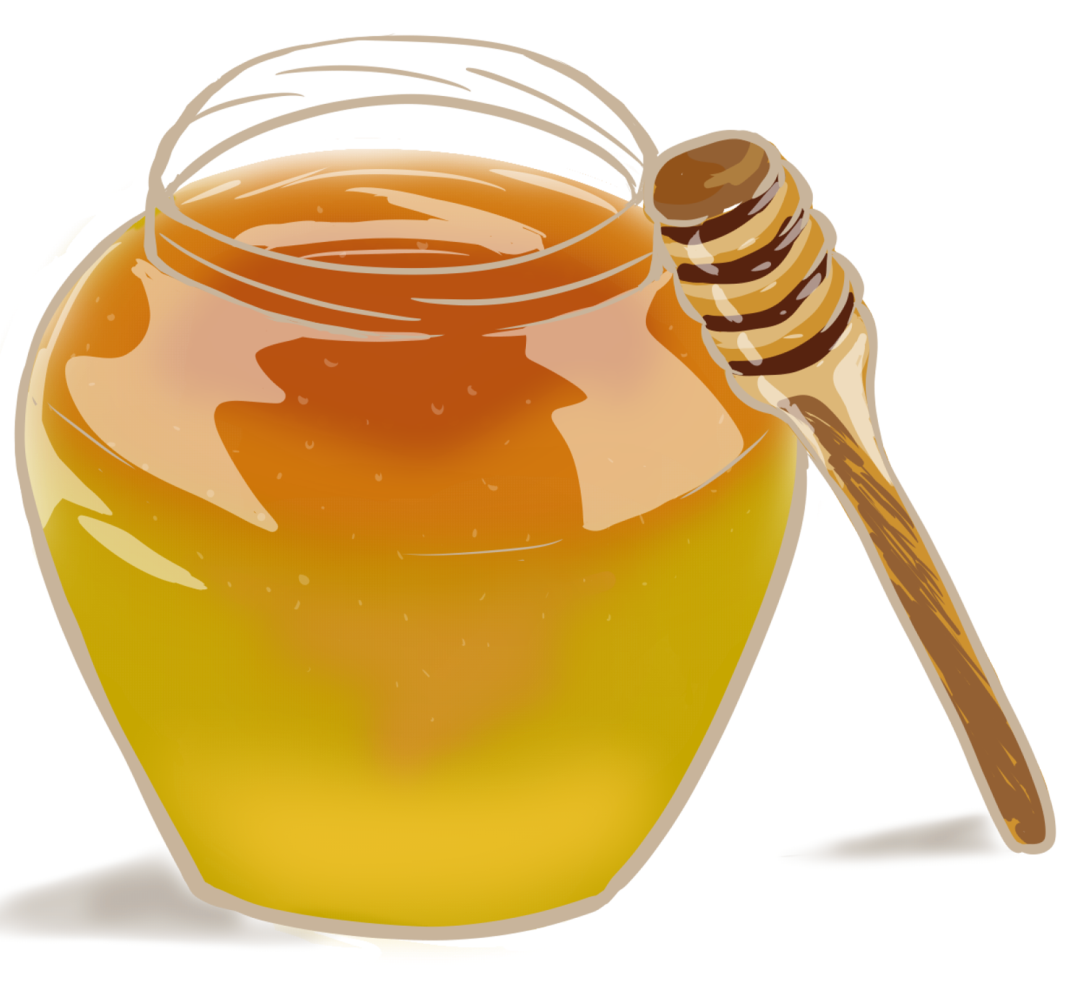
(1) Quanliang Liquor (concurrently fragrant liquor) produced by Shangrao Quanliang Liquor Co., Ltd., Jiangxi Province, which was sold by Taobao Jiangxi local famous liquor (the operator is Lidu Ruli Road Supermarket, Jinxian County, Nanchang City, Jiangxi Province), and the detection value of sodium cyclamate (calculated by cyclohexylsulfamic acid) did not meet the national food safety standards.
(2) Tianshan ebony sold by Pinduoduo Xiaocheng Jiushiguang (the operator is Qiangsu Food Store in Gulou District, Kaifeng City, Henan Province) in Pinduoduo (Mobile APP) and nominally sub-packaged by Shenghuayuan Food Factory in Jiexi County, Jieyang City, Guangdong Province, in which the sum of the proportions of brilliant blue, amaranth, sunset yellow and colorants of the same color to their maximum usage (red) and the sum of the proportions of their respective usage to their maximum usage when colorants of the same color are mixed. Shenghuayuan Food Factory in Jiexi County, Jieyang City, Guangdong Province raised an objection to the authenticity of the products. After verification by Guangdong Provincial Market Supervision Bureau, the objection raised by Guangdong Provincial Market Supervision Bureau will not be recognized.
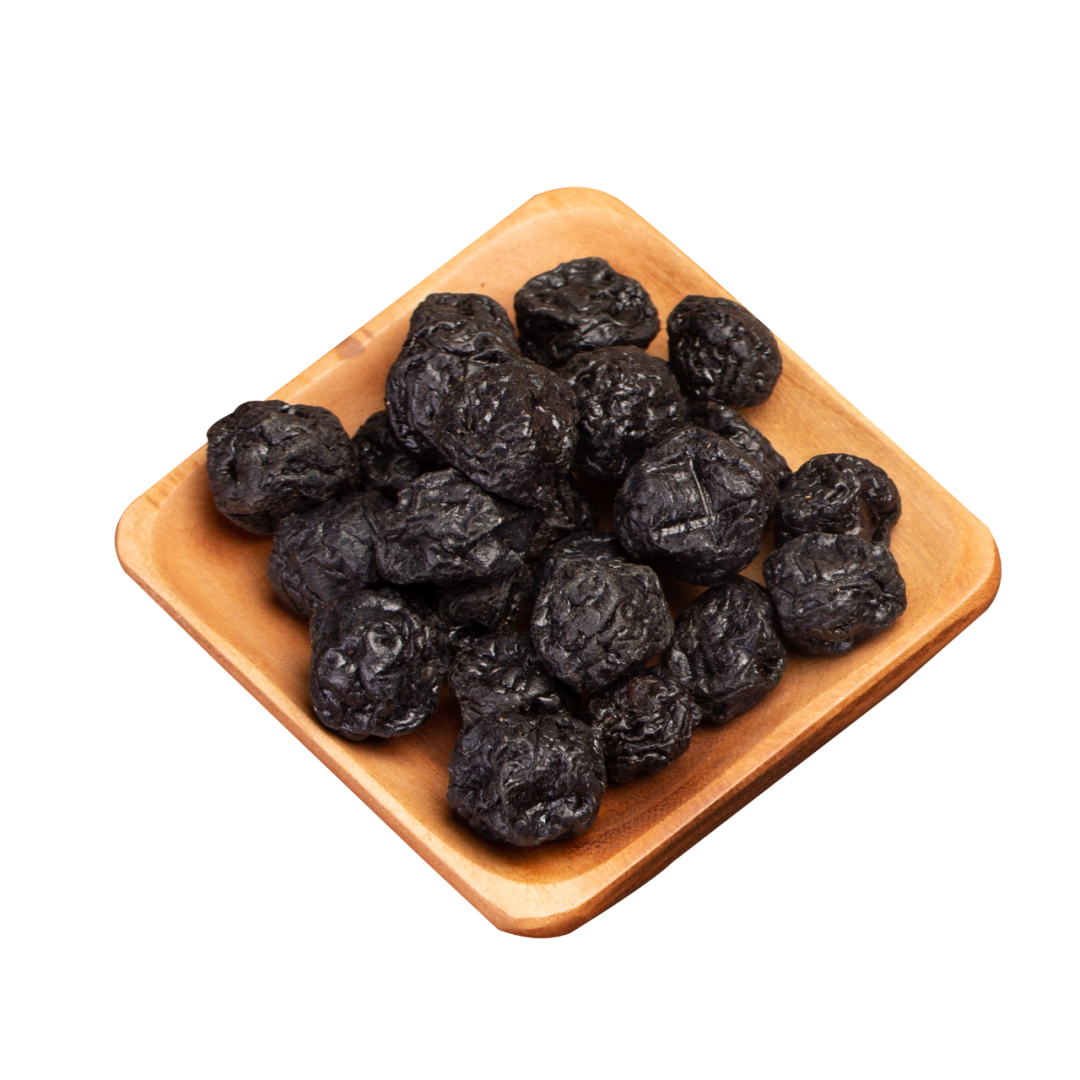
(III) Blueberry-flavored plum fruits sold by Taobao Silk Road Orchard Boutique Xinjiang Specialty Store (operated by Xinmei Food Store in Xinqiao Community, Haizhou District, Lianyungang City, Jiangsu Province) and nominally produced by Tonglin Food Co., Ltd., Jiexi County, Jieyang City, Guangdong Province, in which the sum of the ratios of brilliant blue, amaranth and colorants of the same color to their maximum consumption does not meet the national food safety standards. Tonglin Food Co., Ltd., Jiexi County, Jieyang City, Guangdong Province, raised an objection to the authenticity of the product. After verification by Guangdong Provincial Market Supervision Bureau, the objection raised by Guangdong Provincial Market Supervision Bureau will not be recognized.
Fourth, the quality index is not up to standard
(1) The small ground sesame oil sold by Yangtian Edible Vegetable Oil Wholesale Department in Yaohai District, Hefei, Anhui Province and nominally produced by Yangtian Food Co., Ltd., Hefei, Anhui Province, in which the acid value (KOH) detection value does not meet the requirements of product implementation standards. Yangtian Food Co., Ltd., Hefei City, Anhui Province, objected to the judgment basis. After verification by Anhui Provincial Market Supervision Bureau, the objection raised by Anhui Provincial Market Supervision Bureau will not be recognized.
(2) The strawberry-flavored yogurt and excellent milk beverage of Aoniu sold by Yonghui Supermarket Co., Ltd. in Wusi North Road Supermarket in Fuzhou, Fujian Province and commissioned by Fujian New Hope Aoniu Dairy Co., Ltd., in which the protein content does not meet the requirements of product implementation standards. Yonghui Supermarket Co., Ltd. Fujian Fuzhou Wusi North Road Supermarket objected to the inspection results and applied for re-inspection; After re-inspection, the conclusion of initial inspection shall be maintained.
Annex 1
Small knowledge of some unqualified inspection items
One,yeast
Yeast is a common fungus in nature, and it is an indicator to evaluate the quality of food hygiene. The number of yeasts in food refers to the number of yeasts formed in 1g or 1mL of food samples after being treated and cultured under certain conditions. Excessive yeast in food will destroy the color, smell and taste of food and lose its edible value; Long-term consumption of food with excessive yeast may endanger human health. National Standard Beverage for Food Safety (GB 7101— 2015) stipulates that the maximum limit of yeast is 20CFU/mL. The reason why the number of yeast in the beverage exceeds the standard may be that the raw materials or packaging materials are polluted, or that the sanitary conditions of the product are not well controlled during the production and processing, or that the storage and transportation conditions of the product are improper.
Second, mold
Mold is an indicator to evaluate the hygienic quality of food. The number of mold in food refers to the number of mold colonies formed in 1g or 1mL of food samples after being treated and cultured under certain conditions. The national food safety standard candied fruit (GB 14884— 2016) stipulates that the limit of mold in candied fruit is 50 cfu/g. The reason why the number of molds in candied fruit exceeds the standard may be that the raw and auxiliary materials used by production enterprises are contaminated by molds, or that the sanitary conditions are not well controlled during production and processing, or that the packaging and sealing of products are not strict, and the storage and transportation conditions are not properly controlled.
Third, the total number of colonies
The total number of colonies is an indicative microbial index, not a pathogen index, which reflects the hygienic status of food in the production process. If the total number of colonies in food seriously exceeds the standard, it will destroy the nutritional components of food and make food lose its edible value; It will also accelerate the deterioration of food, which may endanger human health. National Food Safety Standard Vinegar (GB 2719— In 2018), it is stipulated that the test results of the total number of colonies of five samples of the same batch of vinegar products should not exceed 104CFU/mL, and the test results of two samples are allowed to exceed 103CFU/mL at most. The national food safety standard candied fruit (GB 14884— 2016) stipulates that the total number of colonies in a sample of candied fruit shall not exceed 104CFU/g for five times, and the results of at least three times shall not exceed 103 cfu/g. The reason why the total number of colonies in vinegar and preserves exceeds the standard may be that enterprises have not strictly controlled the sanitary conditions in the production and processing process as required, or it may be related to the lax packaging and sealing of products or improper storage and transportation conditions.
IV. Metabolites of Furacillin
Furacillin is a nitrofuran antibacterial agent with broad antibacterial spectrum. Nitrofurans are rapidly metabolized in organisms, and their metabolites are stable after binding with protein, so the detection of their metabolites can reflect the residual status of nitrofurans. Long-term intake of foods containing furacilin metabolites may accumulate in the human body, causing allergic reactions, gastrointestinal reactions, eosinophilia, neurological symptoms and multiple peripheral neuritis. The List of Drugs and Other Compounds Prohibited in Food Animals (Announcement No.250 of the Ministry of Agriculture and Rural Affairs) stipulates that nitrofurazone is a drug prohibited in food animals, that is, nitrofurazone metabolites shall not be detected in animal foods. The reason for the detection of furacilin metabolites in honey may be that beekeepers use it illegally in breeding.
5. Sodium cyclamate (calculated by cyclohexyl sulfamic acid)
Sodium cyclamate, whose chemical name is sodium cyclamate, is one of the commonly used sweeteners in food production, and its sweetness is 40-mdash of sucrose; 50 times. Long-term intake of food with excessive sodium cyclamate may cause certain harm to the liver and nervous system of human body. National Standard for Food Safety-Standard for the Use of Food Additives (GB 2760— 2011) stipulates that sodium cyclamate should not be used in liquor. Sodium cyclamate (calculated by cyclohexyl sulfamic acid) was detected in liquor, which may be caused by illegal addition by production enterprises to improve the taste, or by cross-contamination with mixed liquor in the production process.
Six, bright blue
Brilliant Blue, also known as Edible Blue No.2, is a water-soluble non-azo compound, which is a common synthetic colorant and widely used in food production. If you eat food with excessive bright blue for a long time, there is a risk of teratogenesis and cancer. National Standard for Food Safety-Standard for the Use of Food Additives (GB 2760— In 2014), the maximum dosage of brilliant blue in preserved fruits was 0.025g/kg. The reason why the detection value of bright blue in preserved fruits exceeds the standard may be that the measurement is not accurate in the production process, which leads to the bright blue of the final product exceeding the standard, or that the production enterprise overuses it to improve the color and market value of the product, or that the enterprise adulterates and falsifies and abuses the pigment.
Seven, amaranth red
Amaranth red, also known as blue acid red and azo compounds, is a common synthetic colorant and widely used in food production. If the food with amaranth exceeding the standard is ingested for a long time, it may be teratogenic and carcinogenic. National Standard for Food Safety-Standard for the Use of Food Additives (GB 2760— In 2014), the maximum dosage of amaranth in preserved fruits was 0.05g/kg. The reason why the detection value of amaranth in candied preserved fruits exceeds the standard may be that the production enterprises overuse it to improve the color and market value of the products, or that the enterprises adulterate and falsify the pigments.
Eight, sunset yellow
Sunset yellow, also known as edible yellow 3, is a water-soluble azo compound, which is a common synthetic colorant and widely used in food production. If the food with excessive sunset yellow is ingested for a long time, it will do harm to human health and may cause rubella, urticaria, diarrhea and ADHD in children. National Standard for Food Safety-Standard for the Use of Food Additives (GB 2760— In 2014), the maximum dosage of sunset yellow in candied preserved fruits was 0.1g/kg. The reason why the detection value of sunset yellow in candied preserved fruits exceeds the standard may be that the sunset yellow of the final product exceeds the standard due to inaccurate measurement in the production process, or that the production enterprise overuses it to improve the color and market value of the product, or that the enterprise adulterates, falsifies and abuses the pigment.
Nine, the same color colorants when mixed use of their respective dosage in the proportion of the sum of the maximum dosage.
Colorants, also known as food pigments, are used to give and improve the color of food. If it is taken excessively for a long time, it will increase the burden on the liver and gastrointestinal tract and cause certain harm to human health. National Standard for Food Safety-Standard for the Use of Food Additives (GB 2760— In 2014), it is stipulated that the sum of the ratios of the respective dosages of colorants with the same color to their maximum dosage when mixed shall not exceed 1. The reason why the sum of the respective dosages of colorants with the same color in candied preserved fruits accounts for the maximum dosage exceeds the standard may be that the production enterprises do not understand the national food safety standards and add more colorants with the same color in excess, or that the dosages of colorants with the same color are not strictly controlled in the production and processing process, or that the final product colorants exceed the standard due to inaccurate measurement in the production process.
X. Acid value(KOH)
Acid value, also known as acid value, mainly reflects the rancidity degree of oil in food. If the acid value exceeds the standard, it will lead to the odor of food, and when it exceeds the standard seriously, it will produce aldehydes and ketones. Long-term intake of food with excessive acid value will have a certain impact on health. Sesame Oil (GB/T 8233— 2018) stipulates that the maximum limit value of acid value in first-class refined sesame oil is 0.6 mg/g. The reason why the acid value (KOH) in edible vegetable oil exceeds the standard may be that the raw material procurement of enterprises is not strict, the production technology is not up to standard, and it may also be related to improper storage conditions of products.
XI. protein
Protein is a component of many important physiological active substances in the body, and also an important component of tissues and organs of the body. It can also supply energy. Insufficient intake of protein for a long time will lead to decreased metabolic rate, decreased resistance to diseases and even damage to organs. Milk beverage (GB/T 21732— In 2008), the protein content of formulated milk-containing beverage should be not less than 1.0g/100g. The reason why the content of protein in the beverage is not up to standard may be that the quality control of raw materials is not strict, or that the mixing is uneven during the production and processing, or that the enterprise does not add it according to the requirements of product implementation standards.
Annex 2
